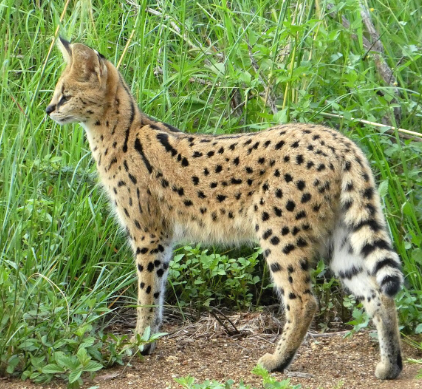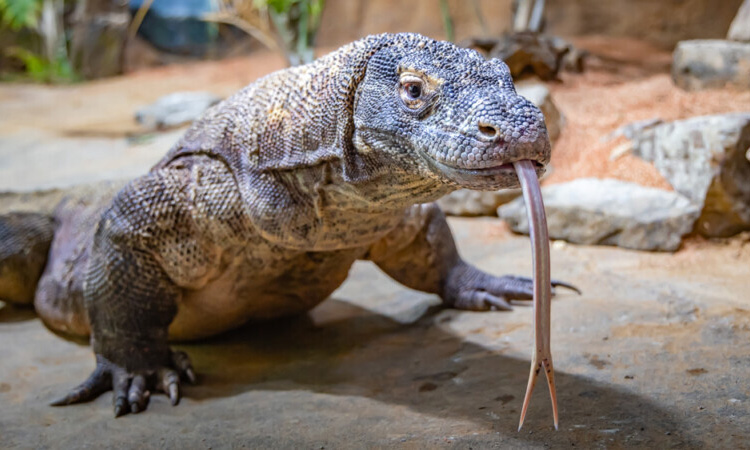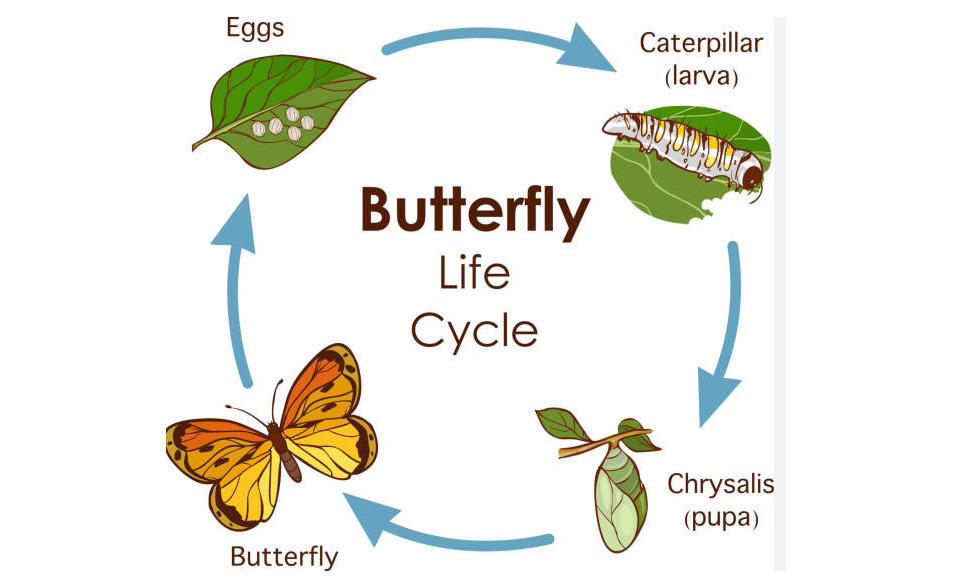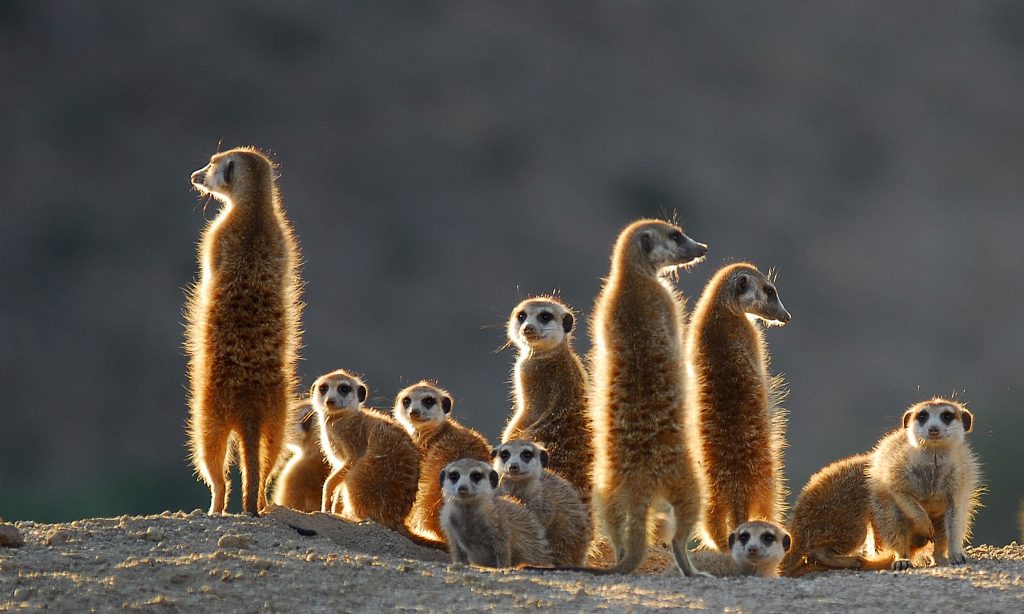Discovering the Serval Cat: Nature’s Elegant Hunter
The serval cat, a fascinating and agile feline native to Africa, has recently garnered attention as a unique and beautiful species. With their distinctive features and remarkable hunting skills, servals are not only intriguing to wildlife enthusiasts but also play a crucial role in their ecosystems. Let’s explore what makes these cats so special.
Physical Characteristics and Adaptations
Servals are medium-sized cats, typically standing about two feet tall at the shoulder and weighing between 20 to 40 pounds. One of their most striking features is their long legs, which allow them to jump up to 10 feet in the air and cover large distances quickly while hunting. Their large, rounded ears are perfectly adapted for detecting even the faintest sounds, giving them an advantage in locating prey hidden in dense grasslands. This combination of height and auditory acuity makes them exceptional hunters in their native savannas, where they primarily feed on rodents, birds, and insects.
Habitat and Distribution
Found mainly in sub-Saharan Africa, serval cats thrive in a variety of habitats, including savannas, wetlands, and grasslands. They prefer areas with tall grass and abundant water sources, which provide both cover and a plentiful food supply. Interestingly, while the serval’s range is extensive across multiple African countries, their populations can be affected by habitat loss and hunting. Conservation efforts are crucial to ensure these beautiful creatures can continue to thrive in their natural environments. Supporting local wildlife organizations or participating in conservation programs can make a difference in preserving servals and their habitats.
Behavior and Social Structure
Unlike many other feline species, servals are primarily solitary animals. They are most active during dawn and dusk, a behavior known as being crepuscular. This helps them conserve energy and take advantage of the activity patterns of their prey. Servals communicate through a variety of vocalizations, including growls, hisses, and purrs, playing a significant role in their social interactions. Additionally, mothers are incredibly devoted, often hunting for their kittens and teaching them necessary skills until they are ready to fend for themselves. Understanding their behavior helps in appreciating these remarkable cats and highlights the importance of maintaining biodiversity in their ecosystems.
Conclusion
The serval cat is a striking and vital part of Africa’s wildlife tapestry. Their unique characteristics and behaviors not only make them fascinating to observe but also underscore the importance of conservation efforts. If you’re intrigued by these agile hunters, consider looking for documentaries, visiting wildlife reserves, or supporting conservation initiatives in Africa. Every action counts towards preserving these amazing creatures for future generations!




